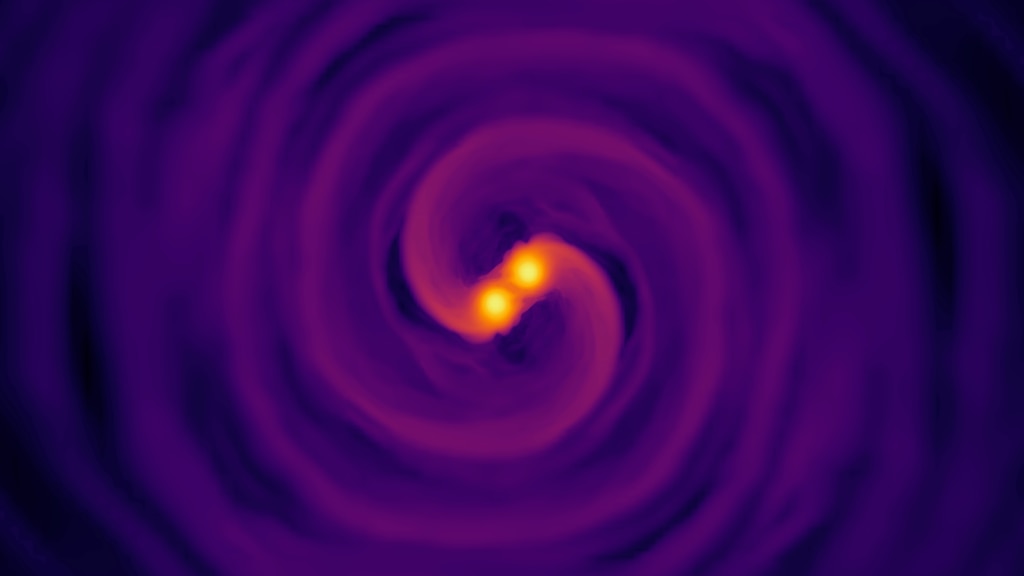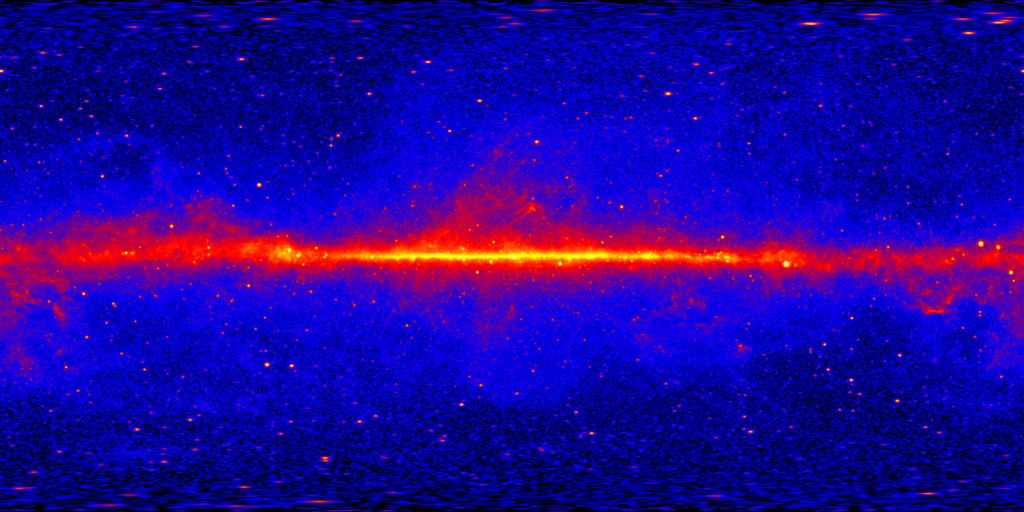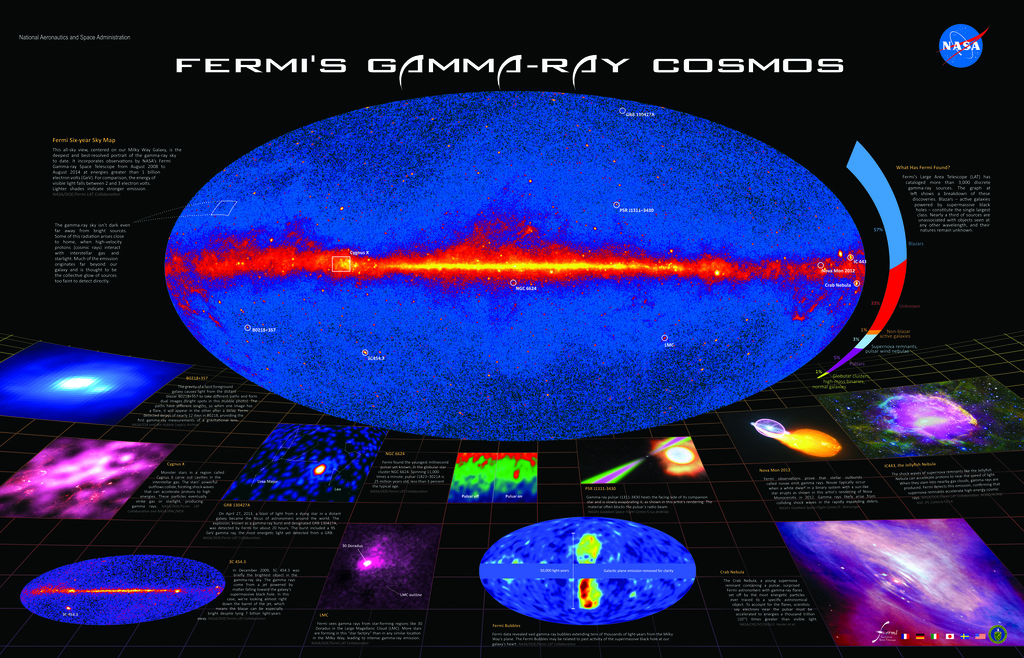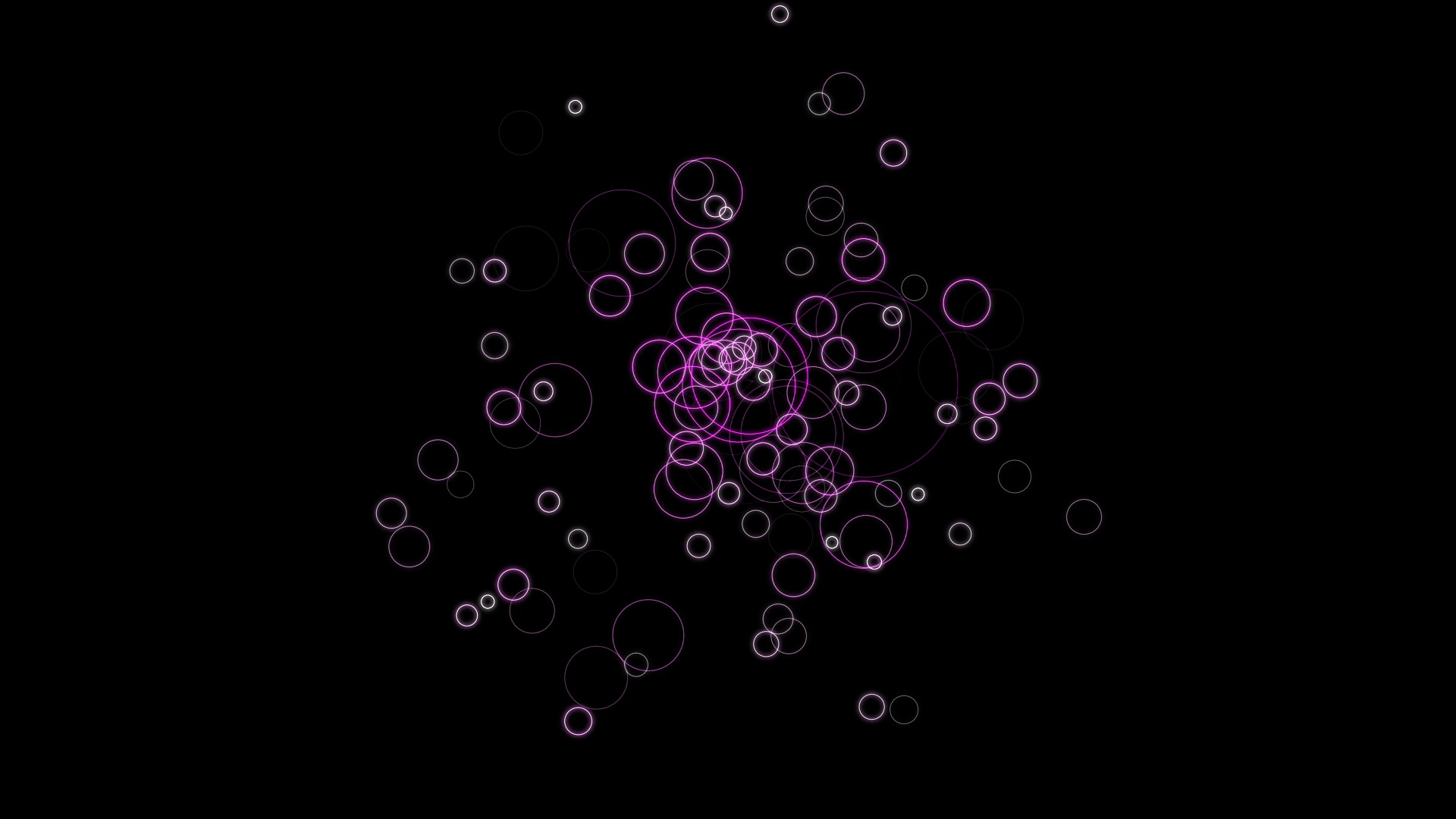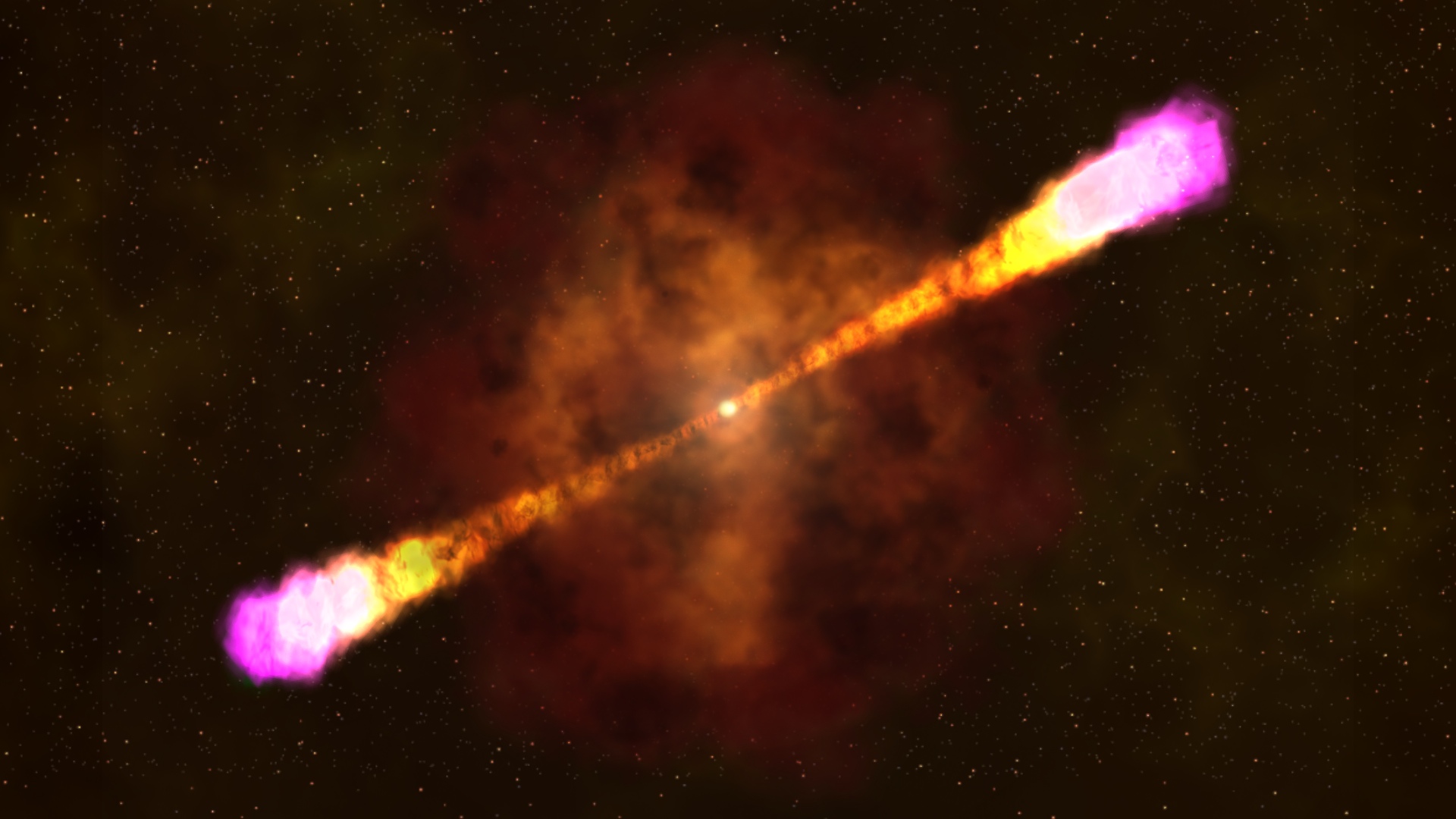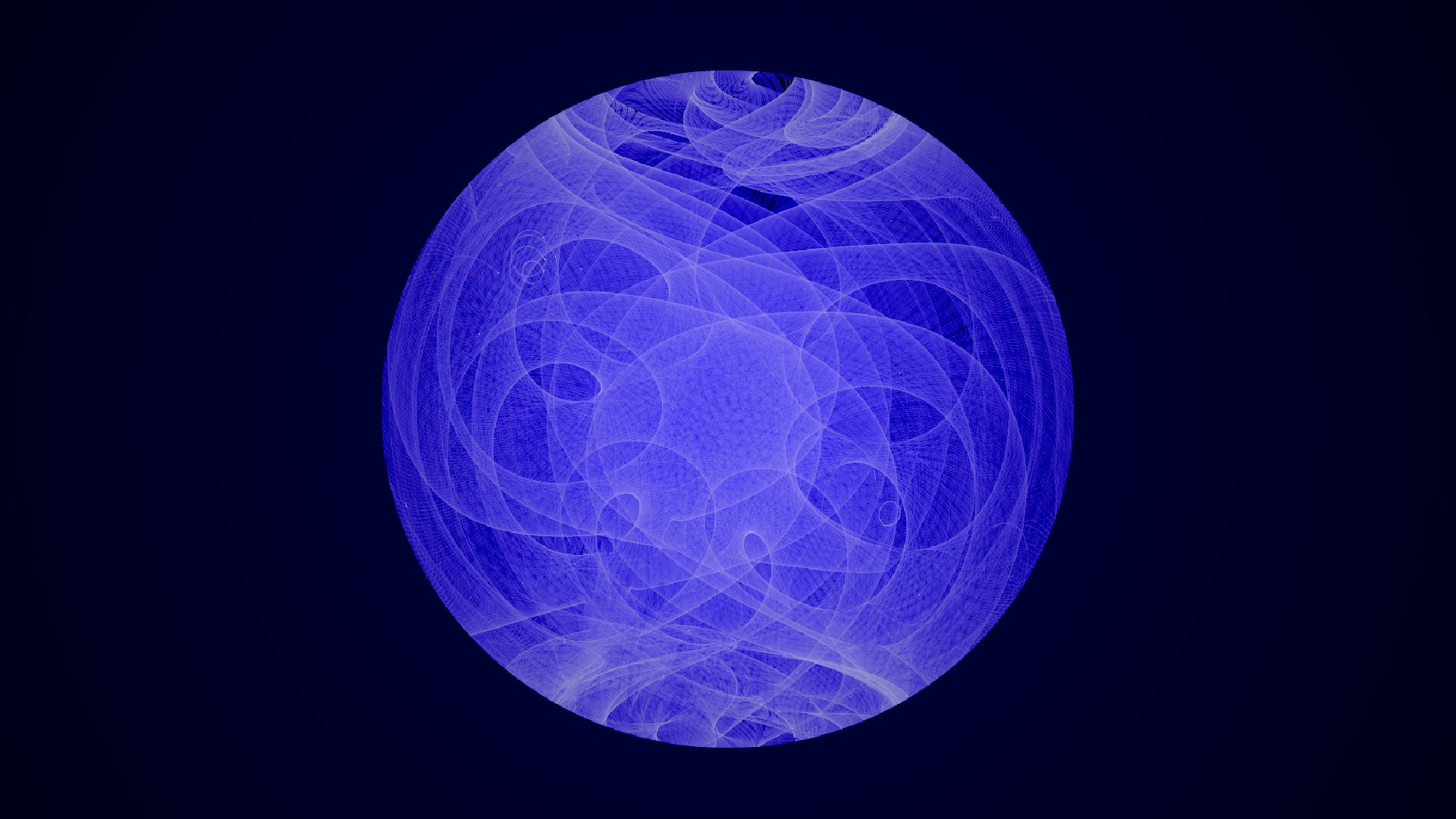The Compton Legacy: A Quarter-century of Gamma-ray Science

This illustration of the Compton Gamma Ray Observatory shows the locations of its four instruments, the Burst And Transient Source Experiment (BATSE), the Oriented Scintillation Spectrometer Experiment (OSSE), the Imaging Compton Telescope (COMPTEL), and the Energetic Gamma Ray Experiment Telescope (EGRET).
Credit: NASA's Goddard Space Flight Center
Twenty-five years ago this week, NASA launched the Compton Gamma Ray Observatory, an astronomical satellite that transformed our knowledge of the high-energy sky. Over its nine-year lifetime, Compton produced the first-ever all-sky survey in gamma rays, the most energetic and penetrating form of light, discovered hundreds of new sources and unveiled a universe that was unexpectedly dynamic and diverse.
Compton's many findings included the discovery of a new class of galaxy powered by supermassive black holes, the surprising detection of gamma rays from thunderstorms on Earth, and the most persuasive evidence to date that gamma-ray bursts (GRBs) were the most distant and powerful explosions in the cosmos. Astronomers were so ecited by the initial results, it wasn't long before discussions turned to the need for another mission with improved instruments to get a better look, a trail that ultimately led to NASA's Fermi Gamma-ray Space Telescope.
Compton was launched April 5, 1991, on STS-37, the eighth flight of the space shuttle Atlantis. At the time, the 17-ton observatory was the heaviest astrophysical payload ever flown, a record not broken until the launch of NASA's Chandra X-ray Observatory and its rocket booster in 1999. The crew deployed the satellite, then known simply as the Gamma Ray Observatory, on April 7.
NASA soon renamed the satellite in honor of Arthur Holly Compton, an American physicist and Nobel laureate who discovered that high-energy light underwent a change in wavelength when it scattered off electrons and other charged particles. This process played a central role in gamma-ray detection techniques used in all of the observatory's instruments.
Compton was the second of NASA's Great Observatories, a series of ambitious astronomical satellites designed to explore different parts of the electromagnetic spectrum. The first launch of the program was the Hubble Space Telescope in 1990. Compton was followed by the Chandra X-ray Observatory in 1999 and the infrared-sensitive Spitzer Space Telescope in 2003. All of them remain operational today except Compton, which was deliberately deorbited in 2000. Its scientific legacy continues in Fermi, Swift and other space observatories exploring the universe's highest-energy light and the extreme phenomena producing it.
For a more detailed summary of Compton's key results, download this NASA brochure published in late 1990s.

Unlabeled version of the Compton illustration.
Credit: NASA's Goddard Space Flight Center

NASA's Compton Gamma Ray Observatory drifts away from the space shuttle Atlantis on April 7, 1991, following its deployment during the STS-37 mission. Compton's successful career ended in June 2000 when the observatory reentered Earth's atmosphere.
Credit: NASA/Ken Cameron

The Compton Gamma-Ray Observatory prior to deployment, still attached to space shuttle Atlantis by the robot arm, during the STS-37 mission in April 1991.
Credit: NASA/STS-37 crew

When Compton launched, most astronomers thought gamma-ray bursts were related to dense neutron stars in our galaxy. With enough bursts, they thought, the distribution of GRBs would concentrate in certain regions, such as the galactic plane. Instead, BATSE showed that gamma-ray bursts occur all over the sky and their distribution bears no sign of the galaxy's underlying structure. This was compelling evidence GRBs were exploding in distant galaxies, an interpretation later shown to be correct.
Credit: NASA/BATSE Team

These images encapsulate 25 years of progress in gamma-ray astrophysics. Top: The EGRET sky as seen in gamma rays above 100 MeV. Brighter colors indicate greater numbers of gamma rays. Its most prominent feature is the central plane of the galaxy, which runs across the middle of the map, a result of gamma rays produced when accelerated particles strike interstellar gas and starlight. The largest yellow spot on the right side of the plane is the Vela pulsar, one of five new gamma-ray pulsars EGRET discovered. The prominent reddish blob at top right is the blazar 3C 279. Bottom: The all-sky map produced by Fermi's Large Area Telescope (LAT), using data from Aug. 4, 2008, to Aug. 4, 2015, is sharper, more detailed and shows higher-energy gamma rays than EGRET's. In fact, the LAT has now captured more high-energy gamma rays from a single source, the Vela pulsar, than the total number detected by EGRET.
Credit: NASA/EGRET Team (top) and NASA/DOE/Fermi LAT Collaboration

STS-37 Mission Specialist Jerry Ross smiles after successfully freeing Compton's jammed high-gain antenna, needed for sending science data back to Earth. The problem required Ross and Mission Specialist Jay Apt to perform NASA's first unscheduled spacewalk in nearly six years.
Credit: NASA/Steve Nagel

The Compton Gamma Ray Observatory looms over STS-37 Mission Specialist Jay Apt as he works his way along the payload bay of space shuttle Atlantis during the mission's first spacewalk. The unscheduled EVA was needed to free Compton's high-gain antenna, which was stuck in its launch configuration.
Credit: NASA/Jerry Ross

The insignia for STS-37, designed by crewmembers, depicts the space shuttle Atlantis and its primary payload, the Compton Gamma Ray Observatory, rising and separating to form the Greek letter gamma.
Credit: NASA
Credits
Please give credit for this item to:
NASA/Goddard Space Flight Center Scientific Visualization Studio
-
Science writer
- Francis Reddy (Syneren Technologies)
-
Graphics
- Francis Reddy (University of Maryland College Park)
Release date
This page was originally published on Thursday, April 7, 2016.
This page was last updated on Wednesday, May 3, 2023 at 1:48 PM EDT.
